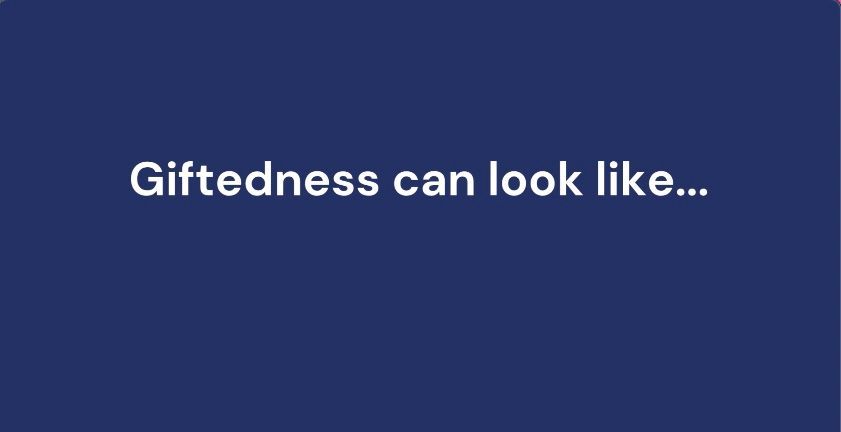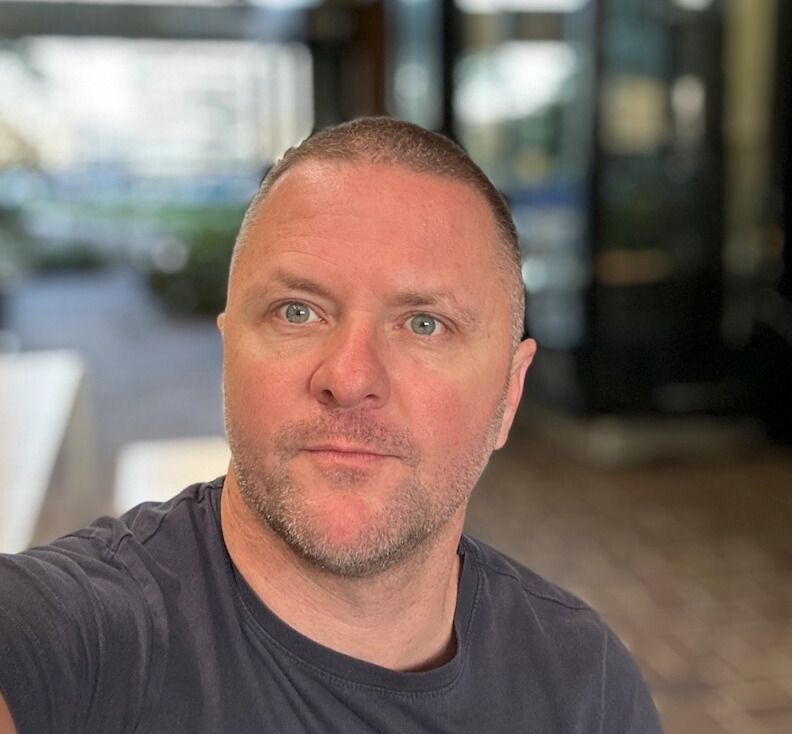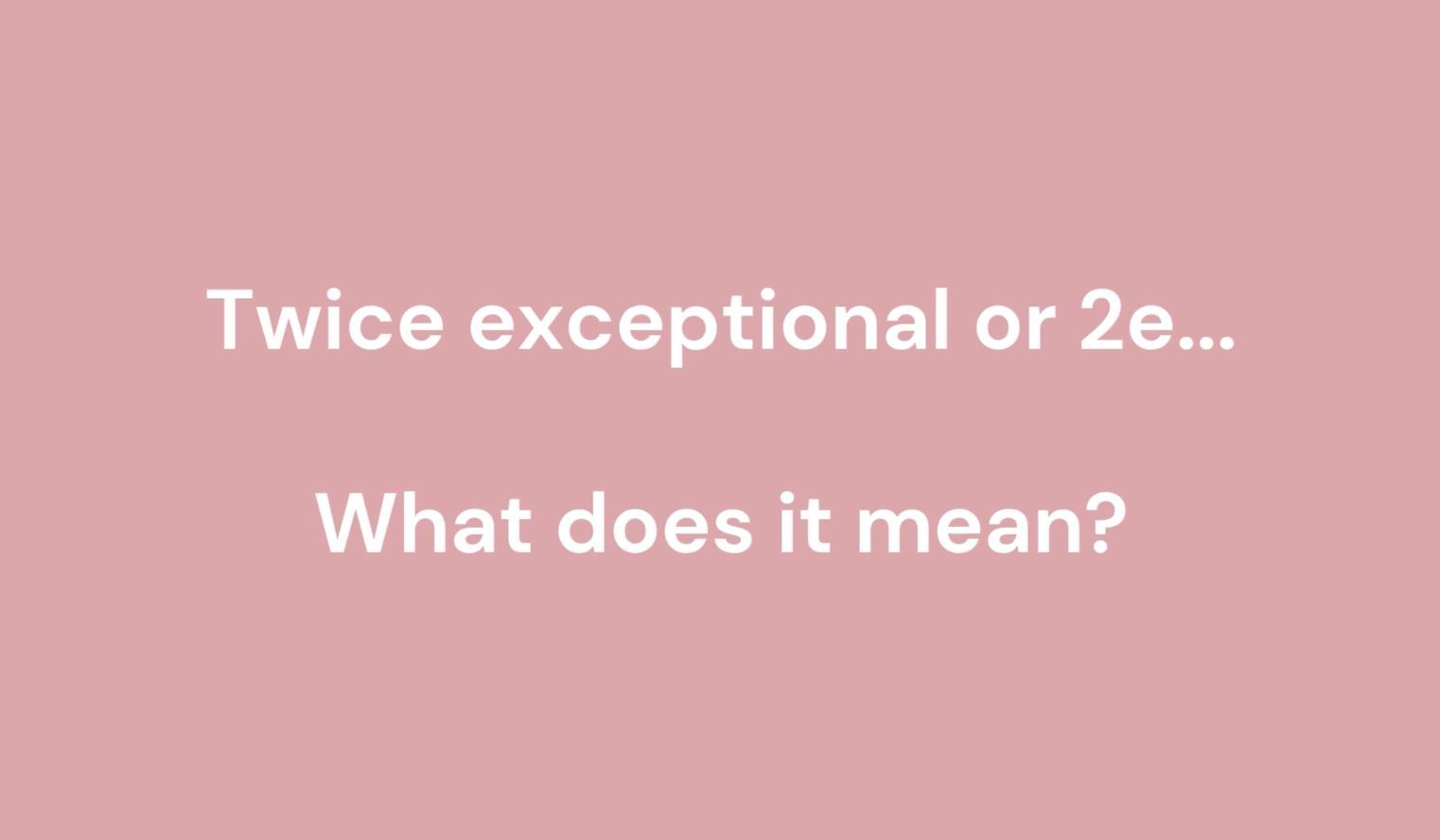Two Ways of Seeing Maths
Maths has an identity problem.
I couldn’t put my finger on it, until I read these words from researcher, Richard Skemp:
"There are two effectively different subjects being taught under the same name, 'mathematics'."
One common view of maths sees it like this:
- dominated by rules & processes
- answer-focused
- a defined set of skills & concepts to learn
- black & white.
This is the Ladder View of maths education. It assumes that, by continuously climbing, learners will eventually reach mathematical enlightenment.
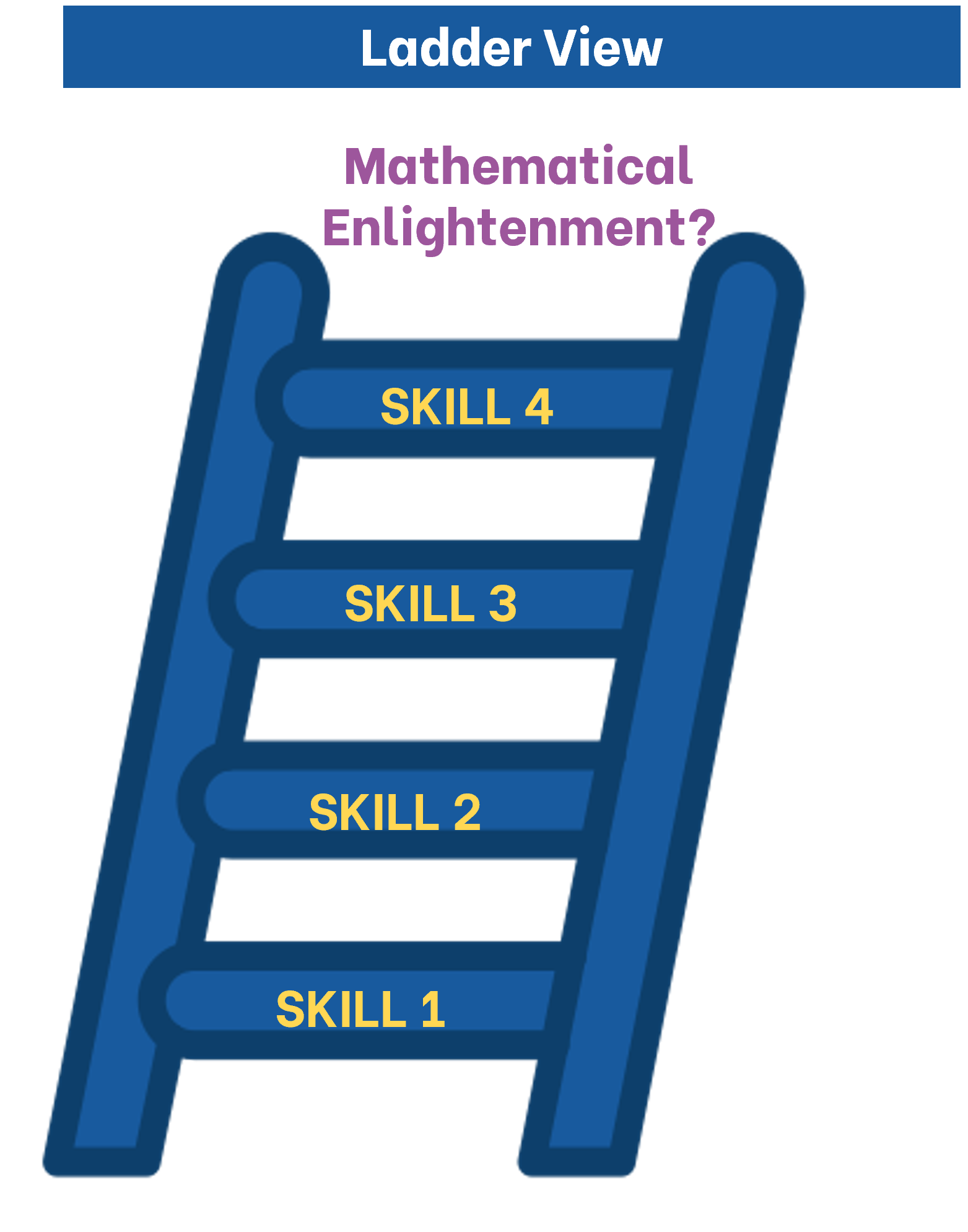
But, look at any rung on that ladder and there's more to it than meets the eye. Knowing steps to follow or definitions of concepts isn't enough. Here's where a different view of maths comes in. It focuses on:
- the reasons for rules and processes
- the relationships between ideas
- answers as the starting point for further (unlimited) learning
- the colours of mathematics.
This is the Web View of maths education. It assumes that there are different paths to becoming mathematically satisfied.
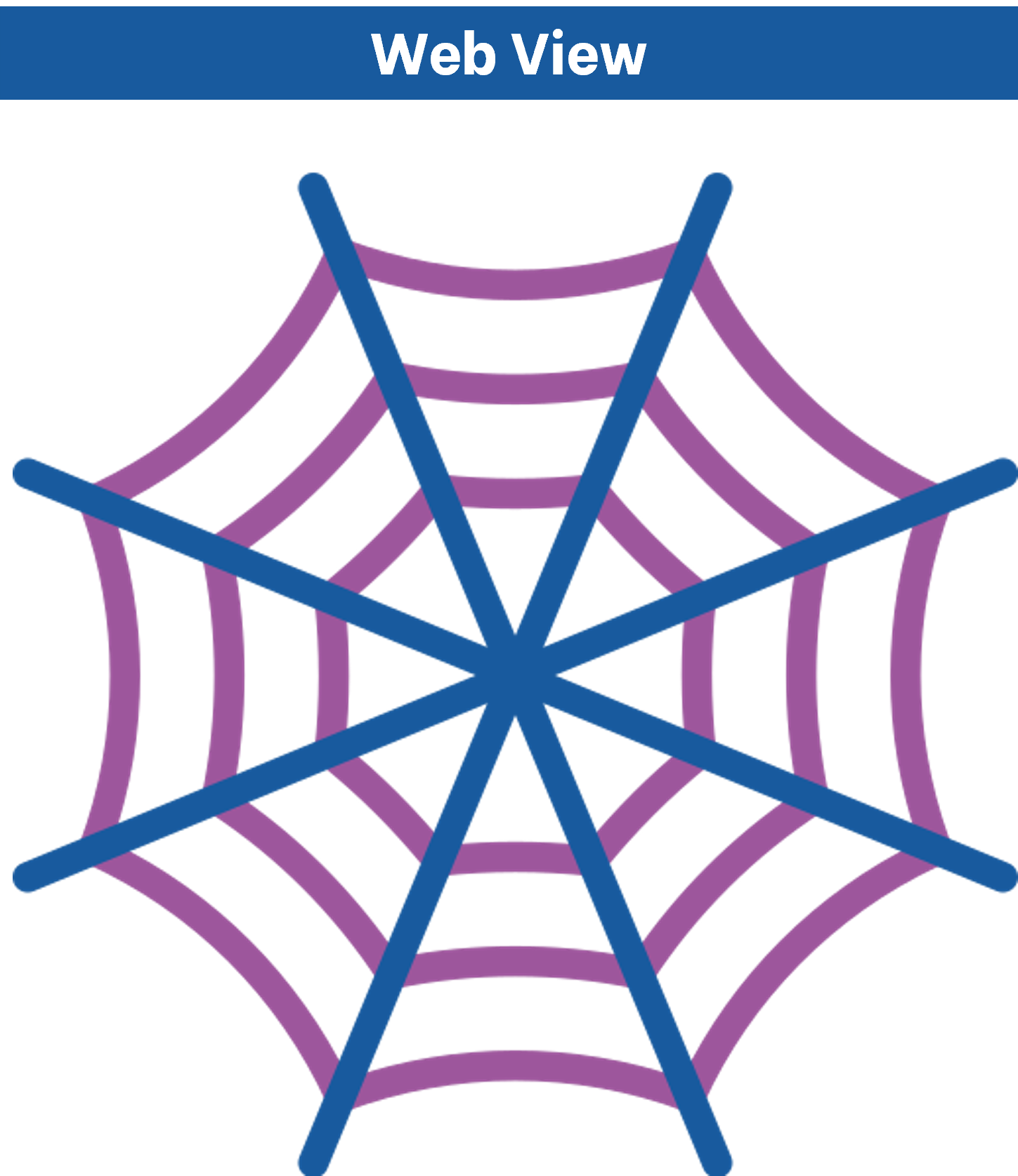
Summary of these 2 views-
🪜 Ladder View: Easy to fall off or fall behind. Self-worth gets tied up in how high up you are. Fragile.
🕸️ Web View: Understanding develops via different pathways. It gets stronger by going back & forth. Robust.
Bringing the Web View to life
The Maths Teacher Circles PD Hub is a program I run for primary and secondary teachers globally. We bring teachers together, who want to get their students:
- thinking like mathematicians and
- looking forward to maths, every lesson.
We share engaging lessons and practical teaching techniques. All designed so that teachers have:
- a continuous supply of lessons they can rely on, and
- the ingredients for building deep understanding and mathematical satisfaction for all students.
What does this look like in practice? Let me introduce you to Jeny.
Why high scores aren’t enough
Jeny’s a teacher and the Director of Learning Extension at a large independent school. At her school, many students do extra maths practice from the textbook in their own time at home. These students typically get good marks on tests and can ‘do the maths’. But, she's noticed that they struggle to think flexibly and conceptually. What’s more, these students often rely on practiced strategies and have difficulty with problem solving. This is the Ladder view in action. Skemp describes this as using rules without reasons.
In contrast, students who adopt the Web view know both what to do and why. Because of this, Jeny’s goal has been to help her students:
- actually enjoy thinking - like a mathematician
- know how to solve problems independently
- be lifelong learners, with skills that last long after classes end.
So, she joined the Maths Teacher Circles PD Hub. We’ve supported her to grow her teaching toolkit.
As a result, Jeny has:
- Added new strategies, problems and tools into her existing teaching resources
- Used these ideas to support colleagues
- Found innovative ways to challenge and extend students
- Developed new units of work for the school’s Learning Extension Programme.
From Jeny:
"It's great to share and interact with other people who also teach maths, and have different experiences and ideas.
I find Maths Teacher Circles mentally stimulating for sharing and building ideas. So motivating to see all the new things to explore!"
A task to get students thinking
A key idea to generating new teaching ideas (without overworking) is this: Incredible lessons don’t need to take an incredible amount of time to plan. In fact, some of the best maths lessons come from:
- small, ordinary problems
- that you’ve played around with, and
- given a nip and tuck.
Here’s one example. It’s a task that hundreds of teachers, like Jeny, have used and adapted to K-12 settings.
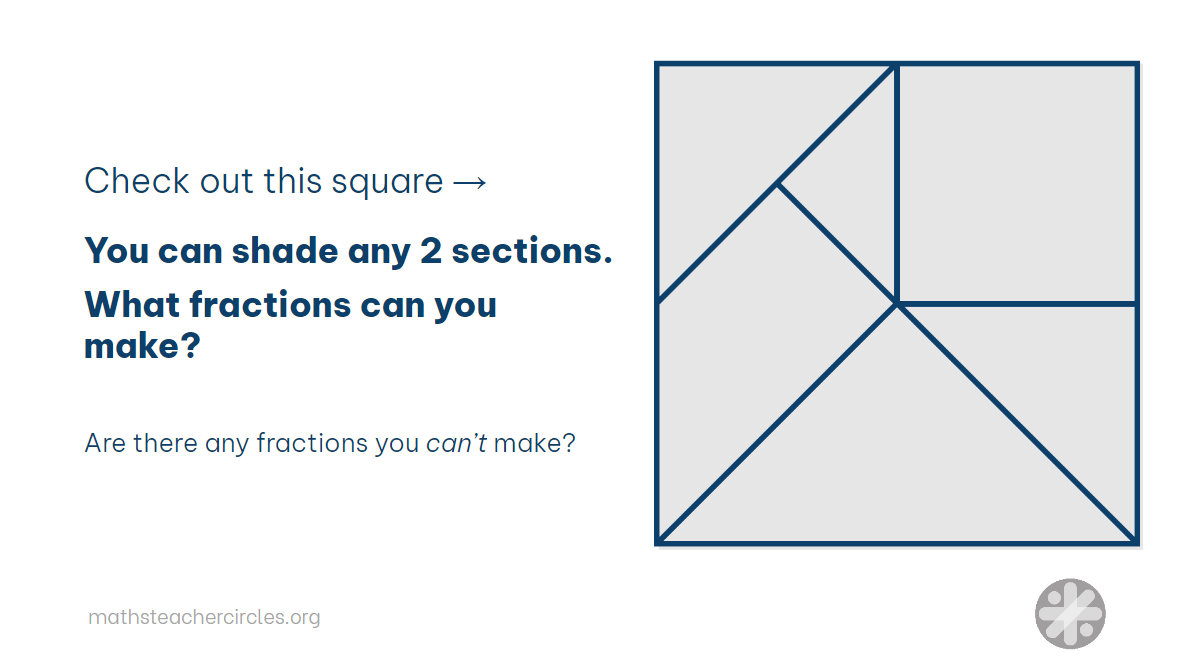
Fractions are notoriously difficult. Students often see them as meaningless numbers, involving confusing processes. Instead, in this task, students visualise and make sense of fractions using shapes. By comparing shapes, students create and represent the same fraction in different ways. And, they give meaning to an important mathematical idea: ‘equivalence’. Powerfully, this task can be the starting point for many more.
For example:
- change the way the square is broken up, or
- make the value of the whole square 2 (or ¼ or 10, etc.), or
- change the prompt to: “Shade any 3 sections”.
Each tweak brings new possibilities for strategising and thinking about maths differently.
Get 10 more favourite maths tasks
Want more maths tasks that will bring the Web View to life for your students?
I’ve compiled 10 of my favourites. Each task can be used as is, or easily adapted.
You can get them for free here: mathsteachercircles.org/gifted
Michaela Epstein, Founder & Director, Maths Teacher Circles
Disclaimer: The views and opinions expressed in this blog are those of the author and do not necessarily reflect the official policy or position of the AAEGT.
Share this resource
Resources



